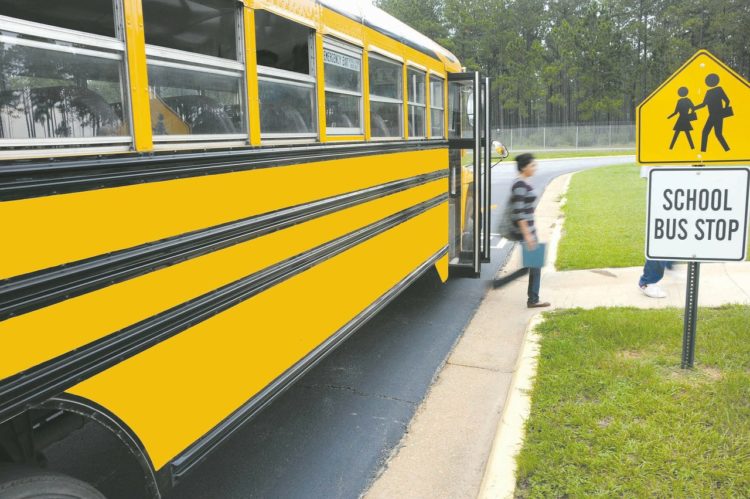Earlier this month, voters in Dallas, Texas approved a ballot measure to dissolve the Dallas school bus system – Dallas County Schools (DCS). While the agency will be allowed to continue service for the remainder of the 2017 – 2018 school year, next year Dallas school districts will be on their own in providing transportation to their students. Districts are now deliberating whether or not they will manage school bus transportation themselves or if they will outsource the service.
 The measure garnered a good amount of attention leading up to Election Day due to a number of controversies that have plagued the agency for years. DCS had previously been cited for reckless driving, running red lights, buses that were consistently late, and has struggled to pay off over $100 million in debt.
The measure garnered a good amount of attention leading up to Election Day due to a number of controversies that have plagued the agency for years. DCS had previously been cited for reckless driving, running red lights, buses that were consistently late, and has struggled to pay off over $100 million in debt.
While DCS is an extreme example of the difficulties inherent in running a school transportation system, their struggles and ultimate dissolution provide a good opportunity to talk about the significant challenges that school transportation systems face all across the United States.
School transportation is the largest mass transit system in the United States (not to mention the safest) – transporting 25 million passengers in 500,000 buses every day. However, it is often an afterthought for local education leaders and it is almost never a part of the municipal or regional transportation system. In fact, in most regions across the United States, school transportation operates completely apart from the local transportation systems.
It also presents the education sector with a number of challenges:
Transporting students to and from school is expensive and becoming more so year by year. At the same time, dedicated funding for student transportation has stagnated. This means that school districts often find themselves dipping into funding meant for teachers, materials, or other resources.
School buses aren’t good for the environment. As of 2014, only about 6 percent of school buses purchased in the United States and Canada ran on alternative fuels. In contrast, 35 percent of public transit buses run on alternative fuels. Despite the fact that these fuels can actually add to the life of a vehicle, their higher up-front cost is enough to deter budget-conscious school districts from investing.
School transportation is complicated. When planning for and running school bus service for students, districts must remember a dizzying number of priorities, interests, and regulations. Safety, students with special needs, costs, environmental impact, and federal and state regulations make up a complex web of considerations that often limit how schools can design and fulfill service.
Districts often struggle with bus driver shortages as well. In a 2015 survey, 21 percent of school transportation contractors reported having a “severe” shortage of bus drivers. There are a number of reasons for this, but relatively low wages for drivers is an obvious barrier to retention. Higher salaries in other industries requiring the same qualifications (commercial drivers licenses, background check, CPR certification, drug testing, etc.) often draw bus drivers away from school transportation jobs. School bus drivers make on average $14.70 an hour. In comparison, public transit bus drivers make around $19.31 an hour.
Given these challenges, what can be done to improve school transportation?
New technology has helped many transportation companies and public agencies better monitor and manage their vehicle fleets. However, a survey from 2015 shows that only 33 percent of school buses use GPS (despite the fact that 72 percent of school bus operators purchased new buses). Even basic technologies like passenger counters are often absent from school buses. Schools should invest as much as they are able in technologies – i.e. WiFi and GPS – that can better help them better manage their systems, keep students safe, and gather data necessary for further improvements in the future.
That being said, while new technology would help many school districts, there is no doubt that modernizing bus fleets would be a strain on already tight school transportation budgets. In order to solve this dilemma, school districts should begin to work with their regional transportation systems (currently school boards comprise only 6.8 percent of MPO governing board members across the United States). This would allow schools to take advantage of planning expertise, new technologies, and, potentially, of funding programs available to the local metropolitan planning organization (MPO) and schools.
Transit systems already play a key role in many urban education systems. In fact, in Washington DC, unless a student with special needs qualifies for bus service, they must walk, bike, drive, or take transit to school. Dallas schools, as well as school districts across the country, would do well to seriously consider working more closely with transportation professionals in their regions. Doing so could greatly benefit not only students, but schools and communities as well.
Photos: Pixabay




